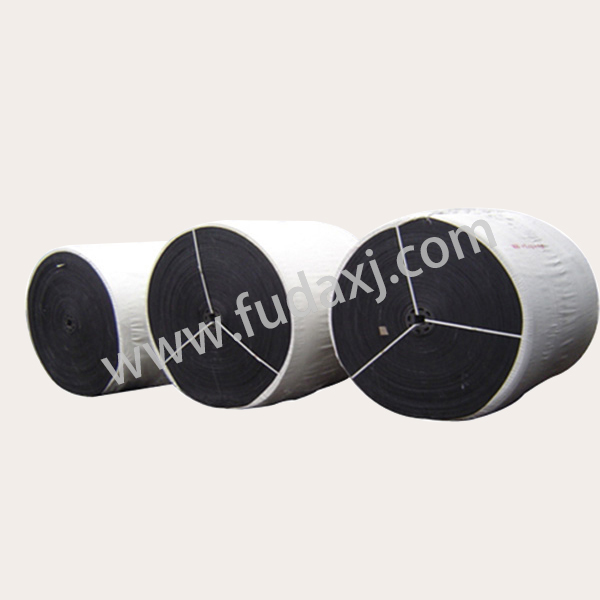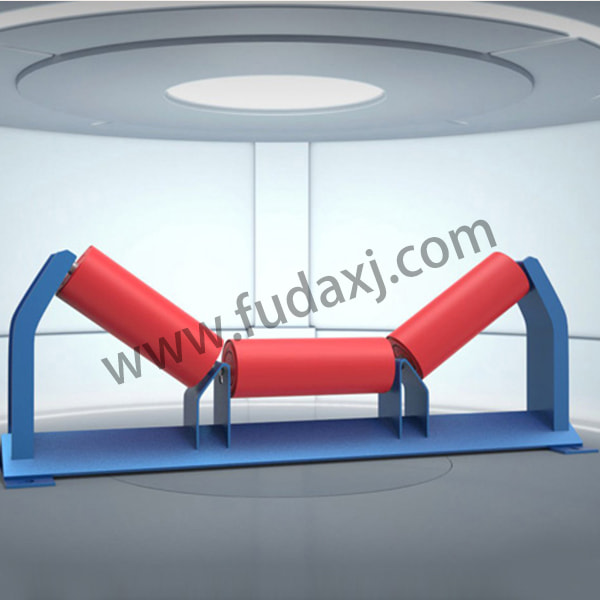
China Anti Tear Conveyor Belt For Sale Supplier Producer
Conveyor belts are a critical component in many industrial processes, facilitating the movement of materials from one point to another. Among the various types of conveyor belts, anti-tear belts have emerged as a preferred choice due to their durability and resistance to wear and tear.
In industries such as mining, manufacturing, and logistics, conveyor belts are subjected to continuous use and harsh conditions. Durability is therefore a key factor in the selection of conveyor belts. Anti-tear belts are designed to withstand the rigors of heavy loads, sharp materials, and abrasive environments, reducing the risk of damage and extending the lifespan of the belt.
Features of Anti-Tear Conveyor Belts:
Reinforced Construction: Anti-tear conveyor belts are typically made with a reinforced construction that includes multiple layers of fabric, rubber, and other materials. This construction provides strength and flexibility, allowing the belt to resist tears and punctures.
High-Quality Materials: The materials used in the production of anti-tear belts are chosen for their resistance to wear, heat, and chemical exposure. This ensures that the belt maintains its integrity even under bad conditions.
Enhanced Surface Treatment: The surface of anti-tear belts may be treated to provide additional protection against abrasion and tearing. This can include coatings or impregnations that create a barrier against the elements and the materials being conveyed.
Applications of Anti-Tear Conveyor Belts:
Mining: In mining operations, conveyor belts are used to transport heavy and abrasive materials such as coal, ore, and rock. Anti-tear belts are ideal for these applications due to their ability to handle the weight and resist damage from sharp-edged materials.
Construction: Construction sites often require the movement of large quantities of materials, such as gravel, sand, and cement. Anti-tear belts are well-suited for these tasks, offering a reliable and durable solution for material handling.
Recycling: In recycling facilities, conveyor belts must handle a variety of materials, including metals, plastics, and glass. Anti-tear belts are essential in these environments to prevent damage from sharp or irregularly shaped materials.
Food Processing: The food processing industry requires conveyor belts that can handle both the weight of the products and the potential for contamination. Anti-tear belts, with their robust construction and resistance to wear, are a suitable choice for these applications.
Benefits of Anti-Tear Conveyor Belts:
Reduced Downtime: By reducing the likelihood of tears and punctures, anti-tear belts can small downtime caused by belt replacement and repairs.
Cost-Efficiency: The longer lifespan of anti-tear belts can result in cost savings for businesses, as they require less frequent replacement.
Improved Safety: Durability and resistance to damage can contribute to a safer working environment, as fewer belt failures mean fewer potential hazards.
Environmental Considerations: The longevity of anti-tear belts can also have a positive environmental impact, as it reduces waste from discarded belts and the energy required to produce new ones.
Anti-tear conveyor belts are a vital component in many industrial processes, offering a combination of durability, strength, and resistance to wear that is unmatched by other types of belts. Their versatility in various applications, from mining to food processing, makes them an essential investment for any industry that relies on efficient material handling.
 English
English 简体中文
简体中文 Español
Español عرب
عرب
 English
English




 Fax: 0086-576-83019528
Fax: 0086-576-83019528